Welcome to your ultimate guide on handling a fearful dog. In this article, we will provide you with top tips and strategies to help your furry friend overcome their fears. From creating a safe environment to practicing patience and positive reinforcement, you will learn valuable techniques to build trust and confidence in your anxious pup. Get ready to see your pooch transform from scaredy-cat to confident canine in no time! Have you ever wondered how to help your fearful dog overcome their anxiety and live a happier, more peaceful life? Dealing with a fearful dog can be challenging, but with the right approach and guidance, you can make a significant difference in your furry friend’s well-being. In this article, we will share the top tips for dealing with a fearful dog, so you can help your pet feel more confident and secure in any situation.
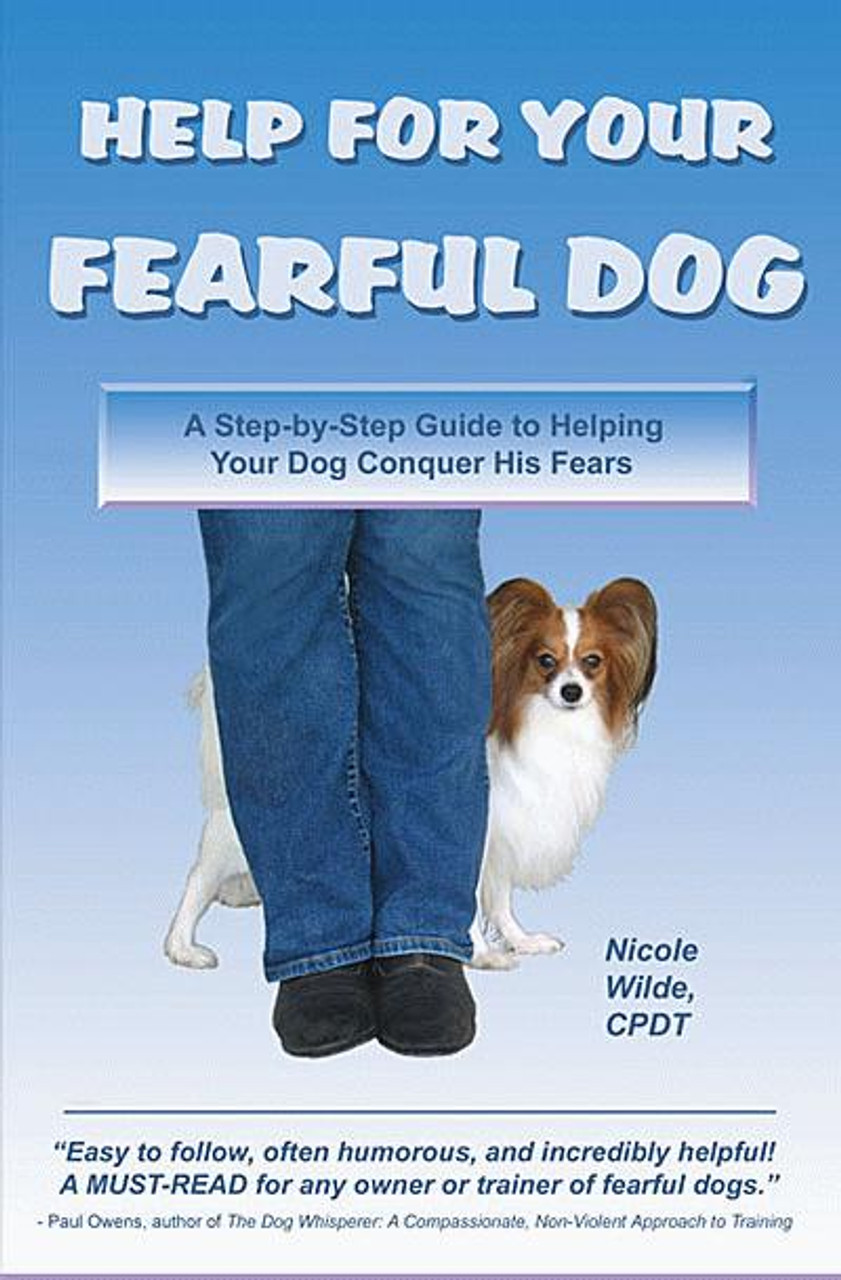
Understanding Fearful Behavior in Dogs
Understanding the root cause of your dog’s fear is the first step towards helping them overcome it. Fearful behavior in dogs can stem from a variety of reasons, including past trauma, lack of socialization, genetic predisposition, or even a medical condition. By observing your dog’s body language and behavior, you can start to identify the triggers that cause them to feel anxious and scared.
Signs of Fear in Dogs
When a dog is fearful, they may exhibit a range of behaviors and body language cues that indicate their discomfort. Some common signs of fear in dogs include trembling, panting, pacing, cowering, hiding, excessive barking, growling, and even aggression. It’s important to pay attention to these signals and respond with empathy and understanding.
Create a Safe and Comfortable Environment
Creating a safe and comfortable environment for your fearful dog is essential for helping them feel secure and at ease. Make sure they have a quiet and peaceful space where they can retreat to when they feel overwhelmed or anxious. Provide them with a comfortable bed, some toys, and a water bowl to help them feel relaxed and content.
Calming Music or White Noise
Playing calming music or white noise can help soothe your dog’s nerves and create a more peaceful atmosphere in your home. There are many specially designed music tracks and playlists available that are specifically tailored to help dogs relax and unwind. Experiment with different sounds and see what works best for your furry friend.
Use Comforting Scents
Scents can have a powerful impact on a dog’s emotional state. Consider using essential oils or pheromone diffusers to help calm your fearful dog and reduce their anxiety. Lavender, chamomile, and valerian root are known for their calming properties and can help create a sense of tranquility in your pet’s environment.
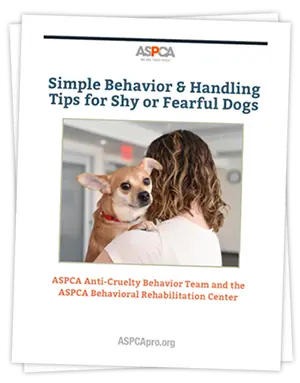
Positive Reinforcement Training
Positive reinforcement training is a highly effective method for helping fearful dogs build confidence and overcome their fears. By using rewards such as treats, praise, and play, you can encourage your dog to exhibit more positive behaviors and responses in stressful situations. Be patient, consistent, and gentle with your dog during training sessions to help them feel safe and supported.
Desensitization and Counterconditioning
Desensitization and counterconditioning are two techniques commonly used in training fearful dogs. Desensitization involves gradually exposing your dog to the source of their fear in a controlled and positive way, while counterconditioning involves pairing the fear-inducing stimulus with something your dog loves, such as treats or toys. These techniques can help your dog learn to associate the previously feared object or situation with something positive.
Avoid Punishment
Punishing a fearful dog for their anxious behavior will only make their fear worse and erode their trust in you. Avoid using aversive training methods such as yelling, hitting, or using shock collars, as these tactics can cause more harm than good. Instead, focus on rewarding and reinforcing positive behaviors to help your dog feel more confident and secure.
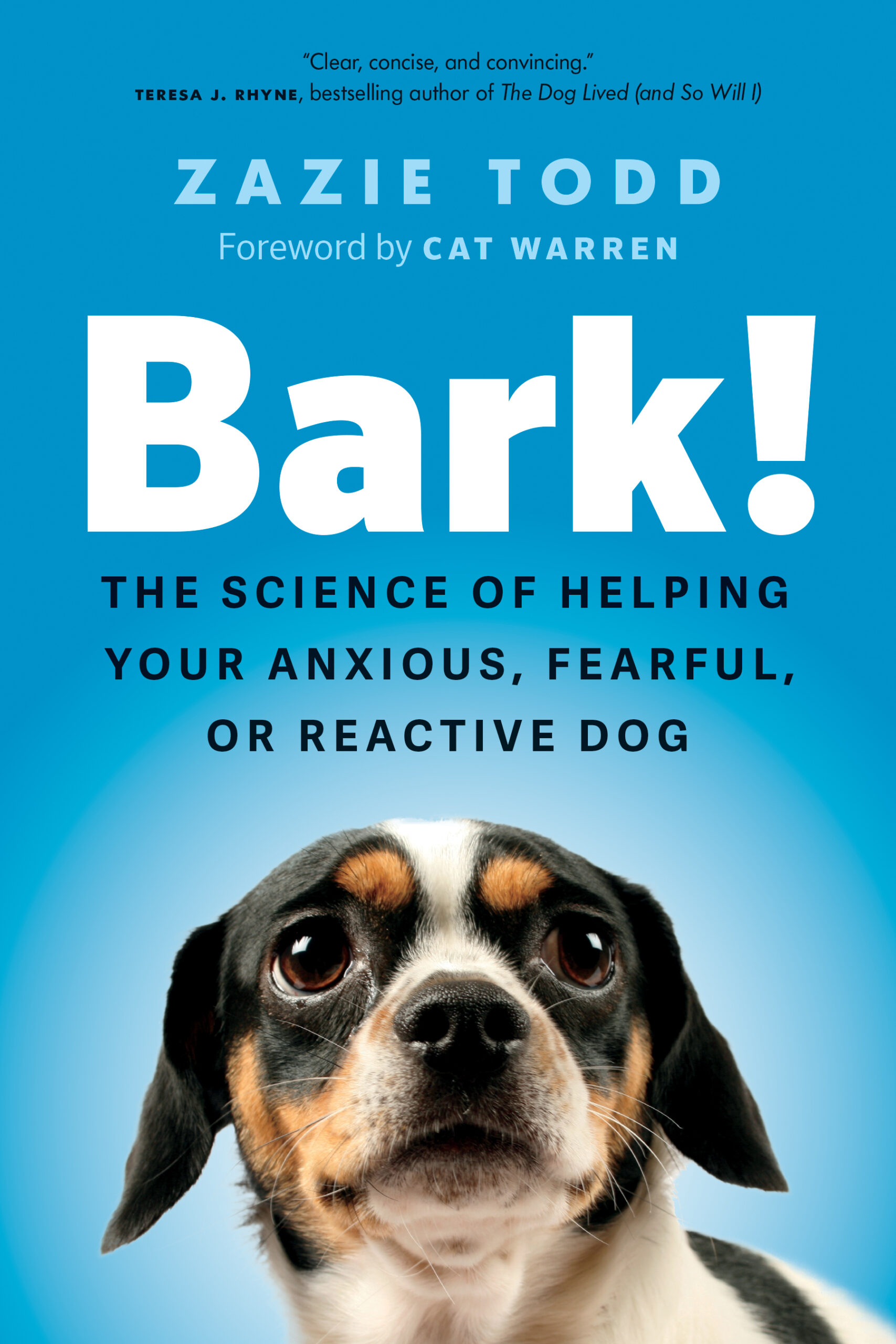
Regular Exercise and Mental Stimulation
Regular exercise and mental stimulation are crucial for helping fearful dogs release pent-up energy and reduce stress. Take your dog for daily walks, play interactive games, and engage them in activities that challenge their mind and body. Physical exercise can help your dog feel more relaxed and content, while mental stimulation can improve their confidence and overall well-being.
Interactive Toys and Puzzles
Interactive toys and puzzles are excellent tools for keeping your dog mentally engaged and entertained. There are many different types of toys available, such as treat-dispensing toys, puzzle games, and squeaky toys, that can help stimulate your dog’s mind and keep them busy. Invest in a variety of toys to keep your dog engaged and happy.
Obedience Training
Obedience training can be a valuable tool for helping fearful dogs build confidence and trust in their owners. Enroll your dog in a basic obedience class or work with a professional trainer to teach them essential commands and behaviors. Training sessions can help boost your dog’s confidence, improve their focus, and strengthen the bond between you and your furry friend.
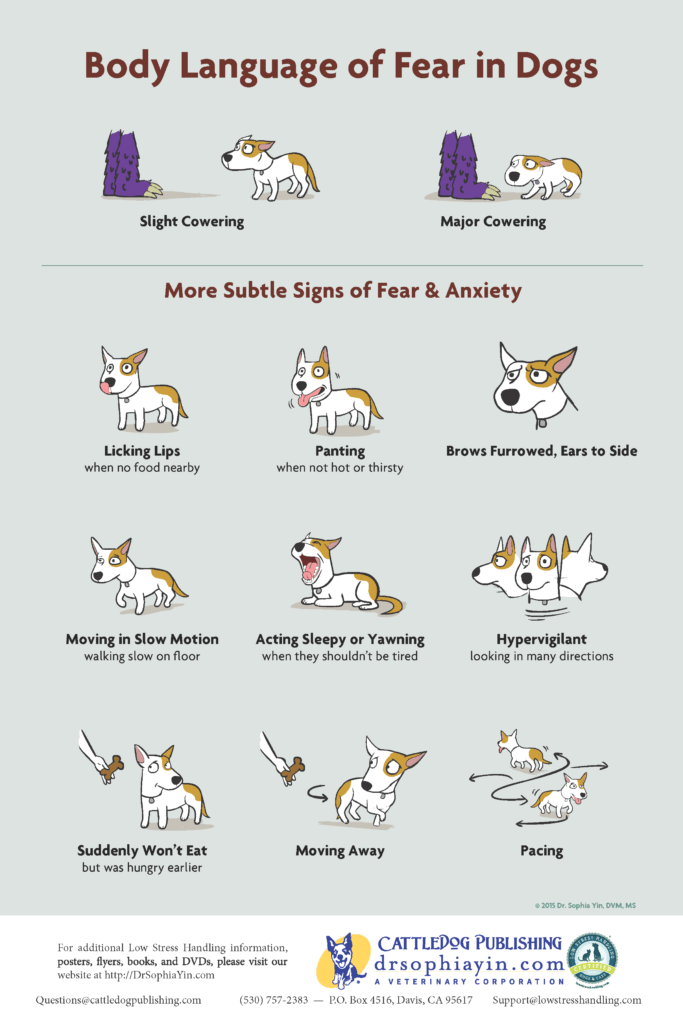
Seek Professional Help
If your dog’s fearfulness is severe or persistent, it may be necessary to seek the help of a professional dog trainer or behaviorist. A qualified expert can assess your dog’s behavior, provide personalized guidance and support, and develop a treatment plan tailored to your dog’s specific needs. Don’t hesitate to reach out for professional help if you feel overwhelmed or unsure of how to help your fearful dog.
Behavior Modification Therapy
Behavior modification therapy is a specialized form of training that focuses on reshaping a dog’s behavior and responses to fear-inducing stimuli. Through gradual exposure, positive reinforcement, and desensitization techniques, behavior modification therapy can help fearful dogs learn to cope with their fears in a more positive and constructive way. Work closely with a trained professional to implement a behavior modification plan that suits your dog’s needs.
Medication for Anxiety
In some cases, medication may be necessary to help manage a dog’s anxiety and fear. Consult with your veterinarian to discuss the potential benefits and risks of medication for your fearful dog. Medication should only be used as a last resort and under the supervision of a qualified professional to ensure your dog’s safety and well-being.
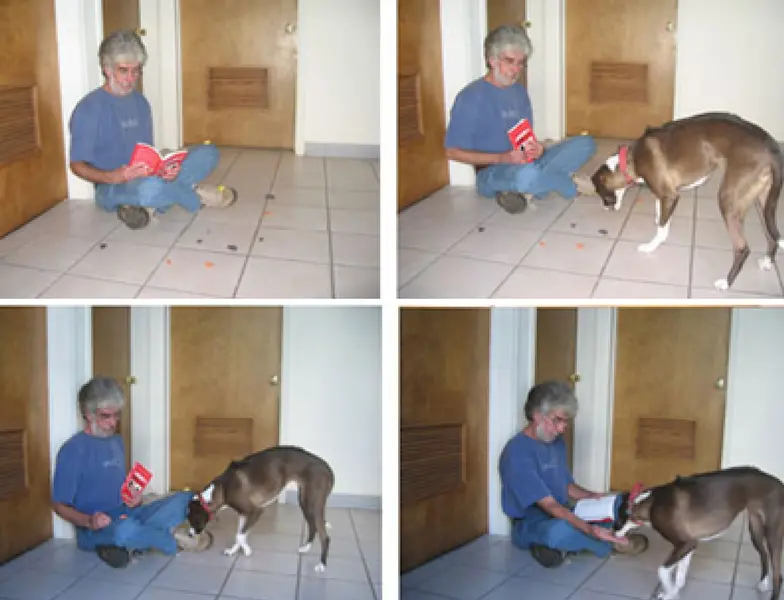
Patience, Love, and Understanding
Dealing with a fearful dog requires patience, love, and understanding. Remember that your dog’s fear is real and valid, and it’s important to approach their anxiety with empathy and compassion. Be patient with your dog as they work through their fears, and offer them plenty of love and support along the way. With time, dedication, and the right approach, you can help your fearful dog feel more confident, secure, and happy in any situation.
In conclusion, dealing with a fearful dog can be challenging, but with the right strategies and support, you can help your pet overcome their fears and thrive. By understanding the root causes of your dog’s fear, creating a safe and comfortable environment, using positive reinforcement training, providing regular exercise and mental stimulation, seeking professional help when needed, and showing patience, love, and understanding, you can make a significant difference in your dog’s well-being. Remember that every dog is unique, and what works for one dog may not work for another. Experiment with different techniques, be open to new approaches, and stay positive and consistent in your efforts to help your fearful dog live a happier, healthier life.

